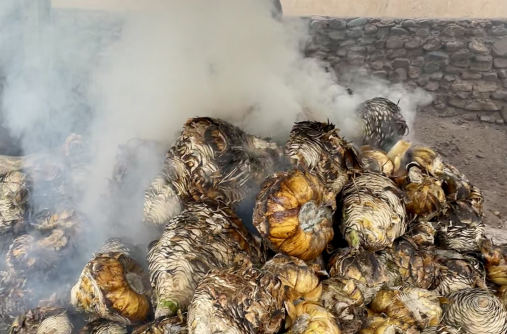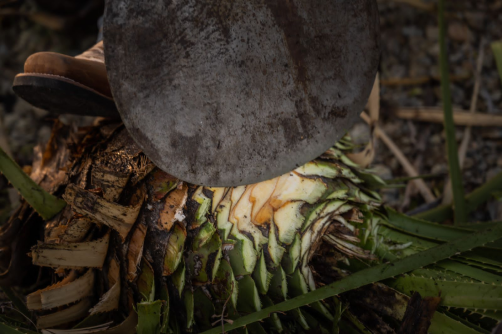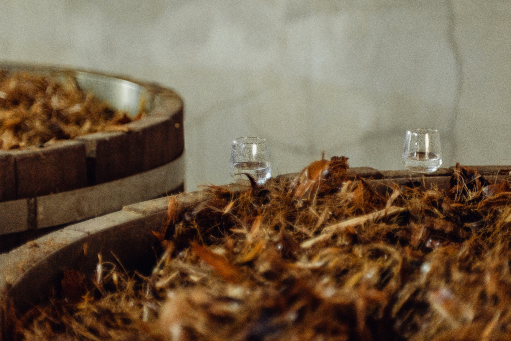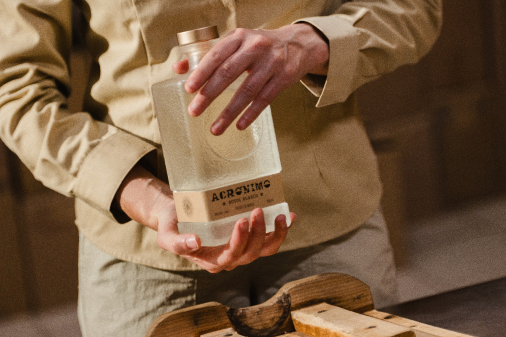What is Sotol and What Does Sotol Taste Like?
If you’re a fan of unique spirits and looking to expand your palate beyond tequila and mezcal, it’s time to discover sotol. This ancient spirit, rooted in the rich culture of Northern Mexico, is making waves in the U.S. But what exactly is sotol, and what does it taste like? Let’s dive in and explore this fascinating beverage.
What is Sotol?
Sotol is a distilled spirit made from the Dasylirion plant, commonly known as the desert spoon or sereque. Unlike tequila and mezcal, which are produced from agave, sotol is derived from a different plant entirely. The Dasylirion plant grows wild in the deserts of Northern Mexico, particularly in the states of Chihuahua, Durango, and Coahuila.
Sotol has been produced over 800 years (longer than tequila!). It was originally produced by the indigenous peoples of the Chihuahuan desert, and its name is derived from the Nahuatl word “Tzotollin,” which refers to the long, spiky leaves of the plant. Traditionally, sotol was consumed in ceremonial rituals, but today it is enjoyed as a distinctive and complex spirit.
Sotol production was banned for almost a century following the prohibition in the United States in the twenties, and wasn’t legalized again until the nineties. Sotol is gaining new popularity after it obtained its Denomination of Origin in 2002.

How is Sotol Made?
The process of making sotol is similar to that of mezcal but with key differences that contribute to its unique flavor profile. Here’s a brief overview of how sotol is crafted:
- Harvesting: The heart of the Dasylirion plant, known as the piña, is harvested by hand. It takes the plant around 8 years to mature in the wild before it is ready for harvesting.
- Cooking: The piñas are roasted in underground pits, typically lined with volcanic rock, mesquite wood, and other natural materials. This process can take several days and imparts a distinct smoky flavor to the sotol.
- Fermentation: After cooking, the piñas are crushed to extract their juices, which are then fermented in open-air vats using natural yeasts. The fermentation process can take several days to weeks, depending on the ambient temperature and humidity.
- Distillation: The fermented liquid is then distilled, usually twice, to create a clear, potent spirit. Some distillers age their sotol in barrels, adding complexity and depth to the final product.
- Bottling: Finally, the sotol is bottled and ready to be enjoyed. Some sotols are unaged (referred to as “joven”), while others may be aged for several months or years in oak barrels, leading to a richer, more mellow flavor.


What Does Sotol Taste Like?
Sotol has a flavor profile that is distinct from other Mexican spirits like tequila and mezcal. Its taste can be influenced by a variety of factors, including the region where the Dasylirion plant was harvested, the method of production, and whether the sotol is aged.
Flavor Characteristics:
- Earthy and Herbal: Sotol is often described as having a strong earthy and herbal flavor. You might notice notes of pine, grass, and desert sage, which reflect the rugged environment where the plant grows.
- Smoky: Like mezcal, sotol often has a smoky element due to the roasting of the piñas in underground pits. However, the smokiness is usually more subtle and less pronounced than in mezcal, allowing the other flavors to shine through.
- Mineral: Some sotols carry mineral notes, which can be traced back to the soil composition of the regions where the Dasylirion plant thrives.
- Sweet and Spicy: You may also detect hints of sweetness, similar to caramel or honey, alongside a peppery spice that adds a nice kick.
- Citrus and Floral: Certain sotols, especially those from specific regions or made by particular distillers, may exhibit citrusy or floral undertones, making for a more complex tasting experience.


How to Enjoy Sotol
Sotol can be enjoyed in a variety of ways, depending on your preferences:
- Neat or On the Rocks: To truly appreciate its complex flavor profile, many aficionados recommend sipping sotol neat or with a single ice cube.
- In Cocktails: Sotol’s versatility makes it a great base for cocktails. It can be used as a substitute for tequila or mezcal in classic cocktails like Margarita, Ranch water, Paloma, or Old Fashioned, adding a unique twist to these drinks.
- Paired with Food: The earthy and herbal notes of sotol pair well with a wide range of foods, particularly those with robust flavors like grilled meats, spicy salsas, and rich chocolate desserts.

Conclusion
Sotol is more than just another spirit; it’s a window into the cultural heritage of Northern Mexico and a testament to the resilience of the desert. Whether you’re new to sotol or already a fan, its distinctive taste is sure to leave a lasting impression. So next time you’re looking to try something different, reach for a bottle of sotol and embark on a flavorful journey like no other.

